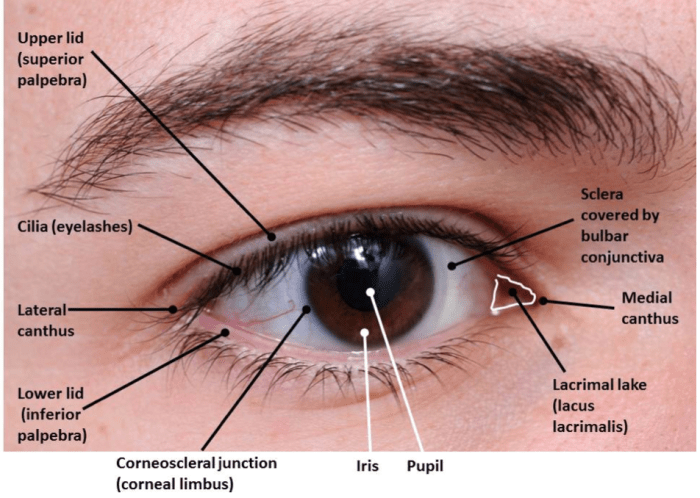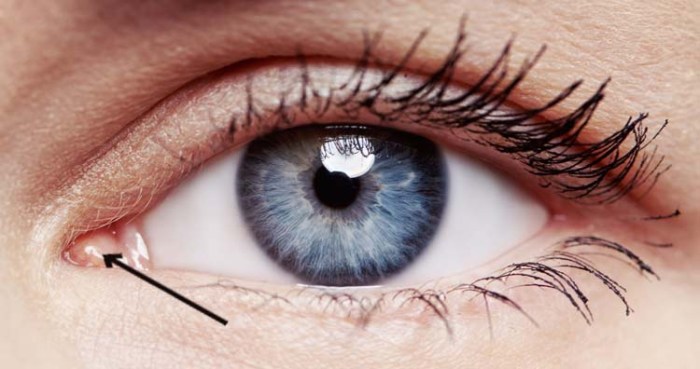The angle where the upper and lower eyelids meet, known as the canthus, is a critical anatomical structure that plays a vital role in eyelid function and aesthetics. This article delves into the anatomy, clinical significance, surgical considerations, and aesthetic implications of the canthus, providing a comprehensive understanding of its importance.
The canthus is located at the medial and lateral ends of the eyelids, where the upper and lower eyelids converge. It is formed by the convergence of several tissues, including the skin, muscles, and ligaments. The canthal ligaments, particularly the medial and lateral canthal ligaments, are crucial in maintaining the proper position and function of the canthus.
Anatomical Structure
The angle where the upper and lower eyelids meet, known as the medial canthus, is a complex anatomical region. Located at the inner corner of the eye, it is formed by the junction of the upper and lower eyelid margins.
Surrounding the medial canthus are several important structures. The lacrimal caruncle, a small, fleshy bump, is located at the medial aspect of the canthus and contains modified sebaceous glands. The lacrimal puncta, two small openings, are located on the medial edge of the upper and lower eyelids and drain tears into the nasolacrimal duct.
The canthal ligaments play a crucial role in maintaining the angle of the medial canthus. The medial canthal ligament, a strong fibrous band, extends from the medial orbital wall to the tarsal plates of the upper and lower eyelids. The lateral canthal ligament, another fibrous band, extends from the lateral orbital wall to the tarsal plates of the eyelids.
Clinical Significance

The angle of the medial canthus is clinically significant as it affects eyelid function and aesthetics.
Changes in the angle can lead to eyelid malposition, such as ectropion (outward turning of the eyelid) or entropion (inward turning of the eyelid). These conditions can cause irritation, dryness, and impaired vision.
The medial canthus is also important for tear drainage. Blockage of the lacrimal puncta or nasolacrimal duct can lead to epiphora (excessive tearing).
Surgical Considerations

Surgical procedures involving the angle of the medial canthus are performed to address eyelid malposition, eyelid laxity, and other conditions.
Blepharoplasty is a surgical procedure that involves the removal of excess skin and fat from the eyelids. It can be performed on the upper or lower eyelids, or both. Canthoplasty is another surgical procedure that involves tightening or repositioning the canthal ligaments to correct eyelid malposition.
These surgical interventions aim to improve eyelid function and aesthetics by restoring the normal angle of the medial canthus.
Aesthetic Implications

The angle of the medial canthus plays a significant role in facial aesthetics. A youthful appearance is characterized by a sharp, well-defined angle.
Changes in the angle, such as rounding or flattening, can make the eyes appear smaller and older. Cosmetic procedures, such as blepharoplasty and canthoplasty, can be performed to improve the appearance of the medial canthus and rejuvenate the face.
Top FAQs: Angle Where The Upper And Lower Eyelids Meet
What is the canthus?
The canthus is the angle where the upper and lower eyelids meet.
What are the canthal ligaments?
The canthal ligaments are connective tissues that help to maintain the proper position and function of the canthus.
What is ectropion?
Ectropion is a condition in which the lower eyelid turns outward.
What is entropion?
Entropion is a condition in which the lower eyelid turns inward.